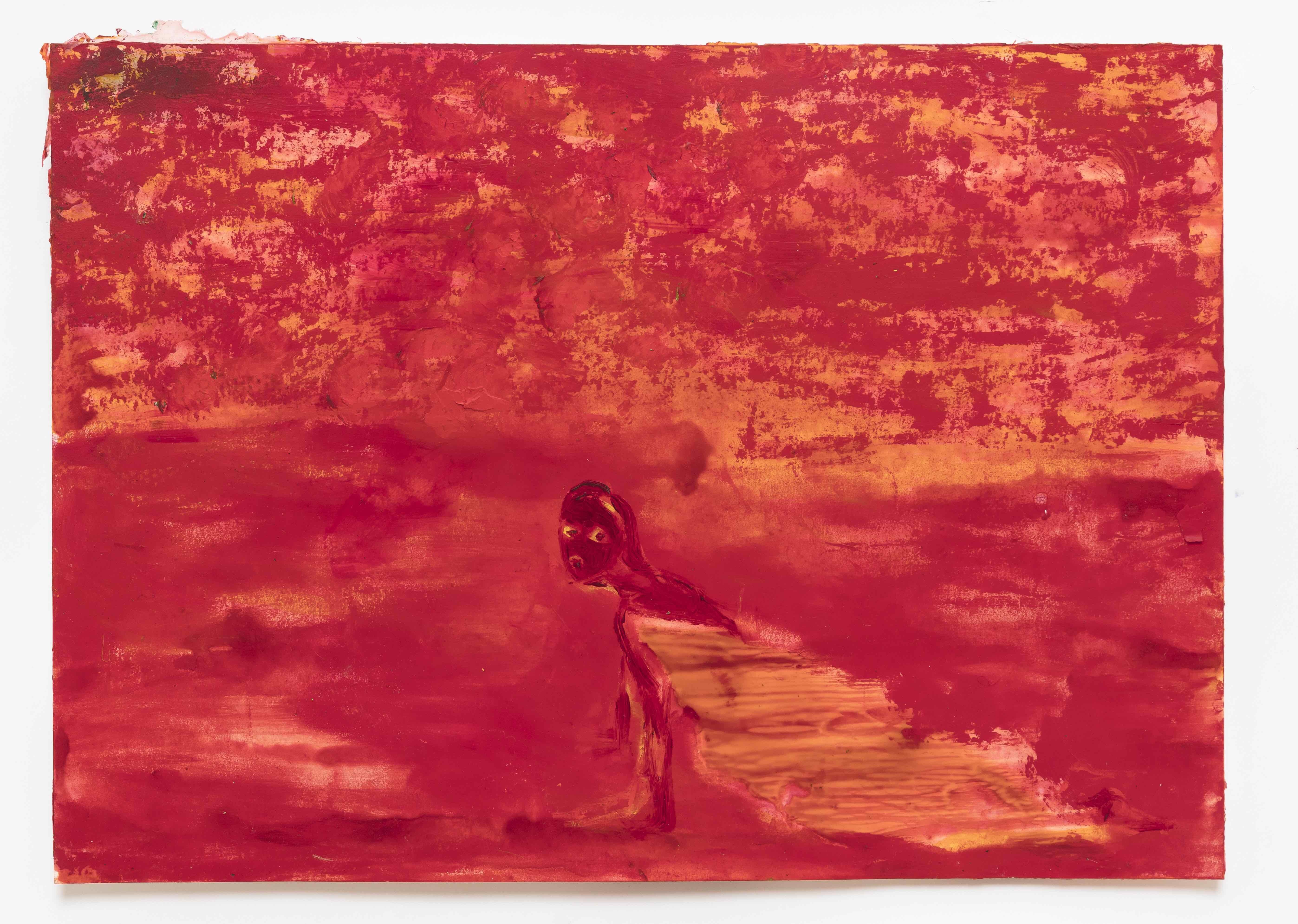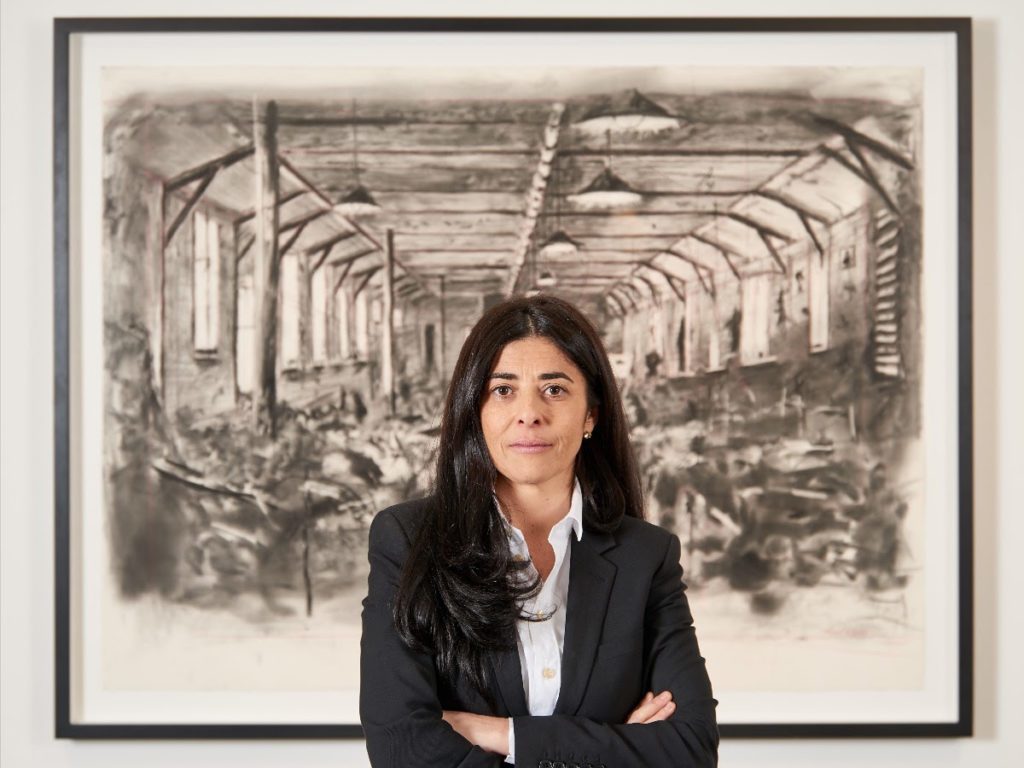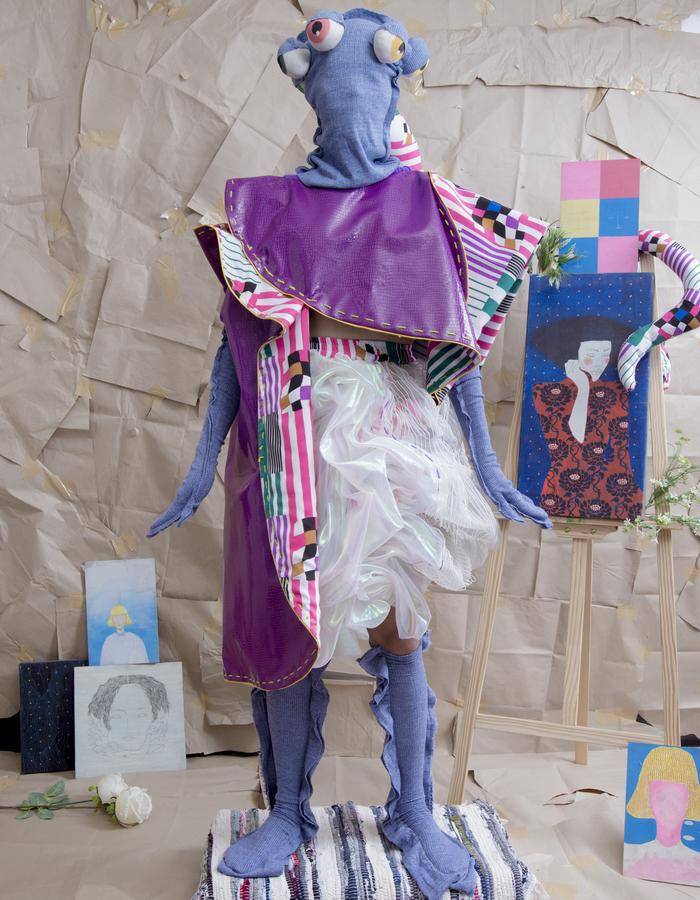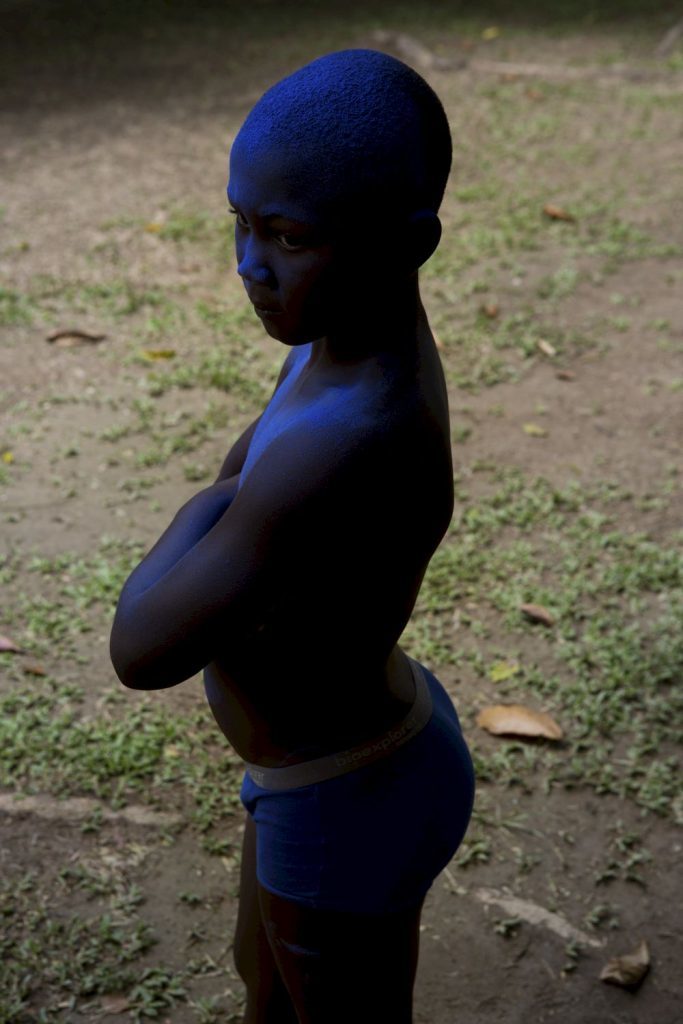Penny Siopis creates union of form, texture and colour to reflect on climate change
Penny Siopis’ body of work, Warm Water Imaginaries coalesces small and large paintings, object assemblages and a new film in progress—this body of work responds to an invitation to participate in Rising Waters: The Indian Ocean in the Twenty-first Century, a group exhibition at the McMullen Museum, Boston, in 2020.
A warmed globe needs new writers to guide us through it; will climate change, like World War I, usher in a new novel?
Stephanie Bernhard

In carrying on Bernhard’s thinking above, one wonders whether a warmed globe will usher in new modes of thinking and new modes of creating. What images, creations and conversations will be generated ? And how will those expand our notions of how we relate to each other as human, as well as how we relate to other creatures and living organisms ?
Through this exhibition, presented at Stevenson Gallery in Johannesburg (30 March – 2 May 2019), Penny Siopis opens up new options through which to explore images that speak to climate change —colour, form and texture construct a powerful sensory experience and open up a space for reflection on climate change. In the weightlessness of the material (glue and ink), the mind is stretched towards new imaginaries and material ways of creating fantasies.
The material process of the paintings is a fluid affair; the glue’s capacity to change its form and colour when it comes into contact with other forces – air, gravity, water, my gestures – imbues it with a presence that holds onto itself as ‘something other’, yet can simultaneously take on the guise of an image.
Penny Siopis
Penny Siopis embraces the figure in these paintings. Still and moving bodies creep into the canvas creating a delicate and disquieting atmosphere —the use of glue and ink simulates a sense of pliability and malleability and brings forth an array of immense emotions.
These material incidents – especially when they evolve into bits of figuration – have the potential to draw together wildly different states of being, real and imagined, dreams, history and myth, or stories from the realms of politics, philosophy, critical theory.
Penny Siopis
![Penny Siopis - Warm Waters [1], 2018–19](http://s960436671.onlinehome.fr/wp-content/uploads/2019/04/penny-siopisgalleryjohannesburgartskop.jpg)
This body of work does not present us with definitive meanings or interpretations but rather serves as entry points into multiple readings —among other possibilities, the show can be extrapolated into our readings and understandings of environmental disasters; what is natural, who is affected, who is implicated? Climate change is negotiated in the context of life itself; human and non-human matter, encounters with other creatures, the forces and elements of nature; earth, water, air and fire? Siopis questions how we imagine global warming; its forms and formlessness—do we imagine burning, drowning or absolute alterity?
Old stories are used as a grounding through which to imagine new worlds; the story of Paul et Virginie by Bernardin de Saint-Pierre, for instance, considers the narrative of the island of Mauritius and annotates our dialogues on political ecology. All is connected; history and myth, dreams and reality, politics and philosophy —ideologies converge.
Penny Siopis’ ongoing inquiry reverberates in the oscillating waves of the abstracted paintings, playing on how colour commands attention and produces meaning—piercing blues and blazing reds and oranges of varying forms and intensity pulsate into the hallowed atmosphere while expanding our imagination forward.
→ Warm Water Imaginaries, solo exhibition by Penny Siopis in Johanesburg

![Penny Siopis - Warm Waters [8], 2018-19](https://www.artskop.com/wp-content/uploads/2019/04/penny-siopisstevensongalleryjohannesburgartskop-732x1024.jpg)
![Penny Siopis - Warm Waters [11], 2018-19](https://www.artskop.com/wp-content/uploads/2019/04/penny-siopisstevensongalleryartskop-738x1024.jpg)
![Penny Siopis, Warm Waters [57], 2018-19](https://www.artskop.com/wp-content/uploads/2019/04/penny-siopisWarmWatersstevensonartskop-627x1024.jpg)


